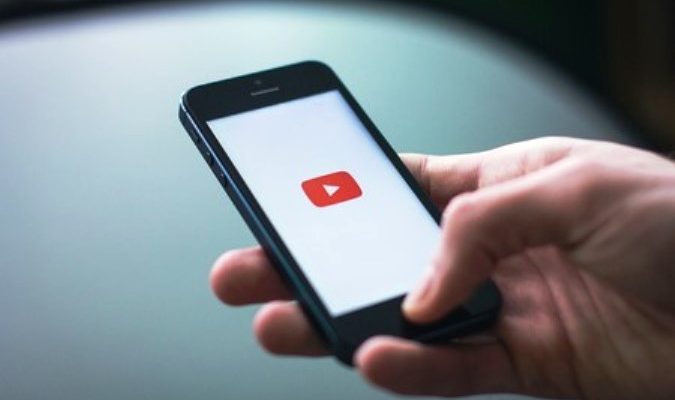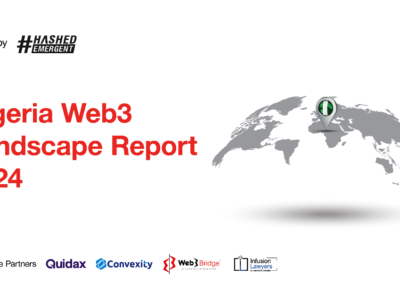Although video content remains one of the top choices for marketers to boost sales and increase traffic and brand awareness, consumers spent less time watching online videos this year than in 2022.
RELATED: African regulators working on joint content regulation mechanisms for the continent
According to data presented by OnlyAccounts.io, people, on average, watched 17 hours of online video content per week in 2023, or two hours less than last year.
Average Watching Time Drops, but 91% of People Still Want to See more Online Videos from Brands
Over the years, videos have become the most shareable online content, driving user engagement, boosting brand awareness, and bringing companies a huge reach when tailored right. According to The State of Video Marketing 2023 survey by Wyzlow, more than 70% of brands who made video advertising content in 2022 created social media videos, almost the same share as explainer videos. Presentation and testimonial videos followed, with 50% and 46% share among brands.
Consumers, on the other hand, use videos to learn more about a product or service and get feedback from other users. Statistics show that in 2018, people spent an average of 10.5 hours per week watching online video content. A year later, this figure jumped to 14 hours and continued growing. Statistics show that in 2021, consumers spent 30% more time watching online videos with an average of 18 hours per week, while in 2022, the watching time hit an all-time high of 19 hours per week.
Although 2023 saw a slight fall in online video consumption, with an average of 17 hours watched per week, it still represents a considerable increase compared to 2018 and 2019 figures. Moreover, the Wyzlow data showed that despite the average watching time drop, 91% of respondents want to see more online videos from brands.
YouTube and LinkedIn are the Most Effective Platforms for Video Marketing; Twitter and Snapchat the Least
As expected, YouTube is the most widely used video marketing platform, with a 90% share among respondents. Next up is Facebook, with an 86% share, followed by Instagram and LinkedIn, which both had a 79% share.
Statistics show Snapchat, once thought of as the next big thing in video marketing, is used by only 13% of brands. TikTok, a social media phenomenon, fares a little better, used by 35% of respondents, and Twitter follows with a 54% share among marketers.
When talking about effectiveness among video marketers, YouTube was rated effective by 78% of video marketers and ranked at the top spot, followed by LinkedIn (69%) and Instagram (67%).
Twitter and Snapchat were on the other side of the list, with more people saying they’ve been ineffective than those who say they’ve been effective.
The full story and statistics can be found here: https://onlyaccounts.io/blog/people-on-average-watch-17-hours-of-online-video-content-per-week-two-hours-less-than-last-year/

































